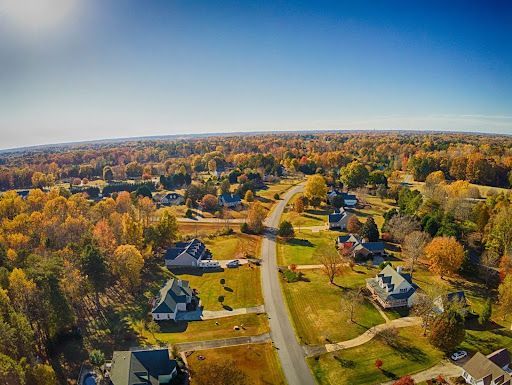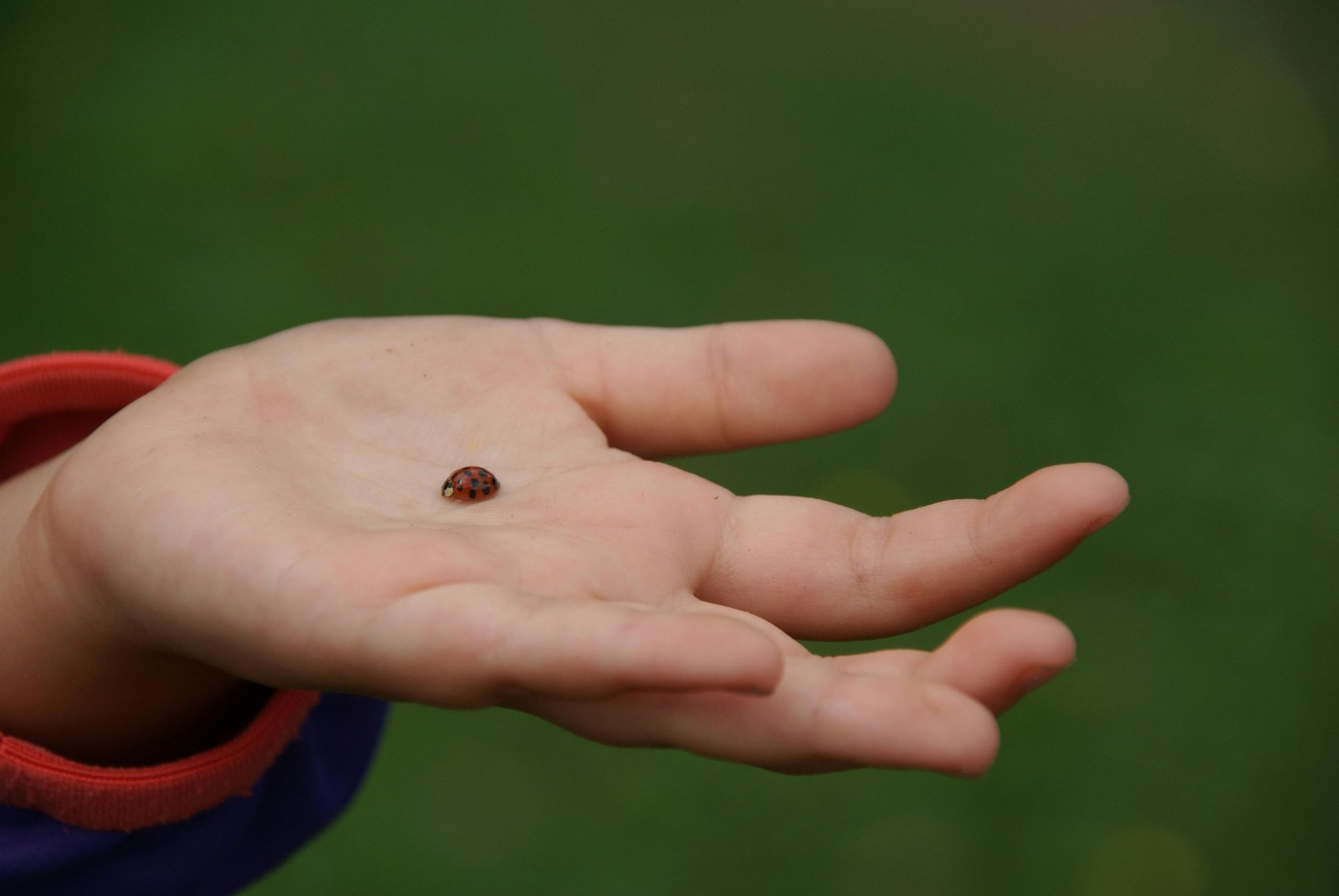Green Tech Meets Tradition: Charting the Future of Pest Control
In today's rapidly evolving world, the intersection of traditional practices and cutting-edge technology is reshaping various industries. One such field experiencing this fusion is pest control. By marrying age-old techniques with innovative green technologies, the future of pest control is being redefined. This evolution promises not only more effective solutions but also a greater focus on sustainability and environmental consciousness.
Evolution of Pest Control Methods
The journey of pest control methods is one marked by constant evolution, reflecting human adaptation to changing environments and advancements in technology. Initially, pest control relied on simple, traditional methods grounded in the natural world. These methods ranged from manual removal of pests to the use of natural predators and botanical insecticides. For centuries, these techniques served as the primary defense against the detrimental impact pests can have on crops, livestock, and human dwellings.
The landscape of pest control witnessed a significant change with the introduction of chemical-based solutions. In the mid-20th century, the discovery and widespread adoption of synthetic pesticides promised an efficient and powerful means to combat pests. Chemicals such as DDT became household names, celebrated for their potency against a vast array of insects. But this innovation came at a cost. Over time, the adverse effects of these chemical solutions became evident. Environmental pollution, the decimation of non-target species, and the emergence of pesticide-resistant pests highlighted the need for a more sustainable approach to pest management.
In response to these challenges, the past few decades have seen a meaningful shift towards green technology in pest control. This movement is not a rejection of the past but rather an integration of traditional wisdom with modern scientific innovation. Green technology in pest control embraces methods that are not only effective but also safe for people, pets, and the planet. It includes the use of biodegradable materials, reintroduction of natural predators into environments, and the development of pest management strategies that do not rely on harmful chemicals. Advancements in technology have led to the creation of smart monitoring systems, allowing for precise targeting of pest problems without disrupting the ecosystem.
Natura Pest Control, serving various communities in Nevada, is at the forefront of this shift. By combining eco-friendly green technology with traditional pest control wisdom, Natura offers a superior service that not only addresses current pest issues but also promotes a healthier environment for future generations. As residents of areas like Reno, Carson City, and Sparks seek sustainable options, Natura's approach represents a commitment to both effectiveness and environmental responsibility.
This evolution from traditional methods through chemical solutions to today's green tech integration highlights a broader trend toward sustainability in industry practices. As we continue to face global environmental challenges, the innovation and adaptability demonstrated in the field of pest control serve as a model for balancing human needs with ecological stewardship.
The Rise of Green Tech in Pest Control
The adoption of green technology in pest control marks a significant stride towards harmonizing human needs with environmental preservation. Green technology in pest control encompasses a broad range of innovative, eco-friendly strategies that aim to manage pest populations with minimal ecological footprint. Unlike traditional chemical-based methods, green tech focuses on sustainability, safety, and long-term effectiveness.
The benefits of leveraging eco-friendly pest control methods are profound and far-reaching. For humans, these methods drastically reduce exposure to harmful chemicals, potentially lowering the risk of health issues associated with conventional pesticides. Environmentally, green technology helps preserve biodiversity by safeguarding beneficial organisms, reducing pollution, and minimizing the chance of pests developing resistance.
Green technology in pest control is practices and tools designed to be gentle on the planet yet tough on pests. These include the use of biodegradable materials that break down harmlessly in nature, employing natural predators like ladybugs to control aphid populations, and utilizing pheromone traps to disrupt pest mating cycles. Advancements in Internet of Things (IoT) technologies now allow for precise monitoring and management of pest populations, enabling targeted interventions that avoid widespread environmental disruption.
Spotlight on Natura Pest Control
Natura Pest Control has emerged as a leader in the integration of green technology with traditional pest control wisdom. Committed to providing eco-friendly solutions, Natura has been pioneering methods that exemplify this innovative approach across Nevada.
Natura Pest Control harnesses a variety of green technologies and practices in its operations. For instance, it utilizes natural and organic compounds that are safe for both pets and children, ensuring that indoor environments remain healthy and pest-free. Outdoors, Natura implements biological control methods, releasing beneficial insects to naturally curtail the pest population, a practice rooted in age-old agricultural wisdom yet powered by a modern understanding of ecosystems.
Customers across the Nevada region have lauded Natura for its effective and environmentally responsible pest control services. Testimonials frequently highlight the company's ability to solve persistent pest issues without resorting to heavy chemical use, praising the knowledgeable and courteous team for their eco-conscious approach. "Thanks to Natura, we no longer have to choose between being pest-free and keeping our home safe for our family," one satisfied client remarked, encapsulating the sentiment of many who have experienced Natura's services.
In marrying green technology with time-tested methods, Natura Pest Control not only addresses the immediate concerns of pest infestations but also leads the way toward a more sustainable and health-conscious future in pest management.
The Challenges and Opportunities
Integrating green technology with traditional pest control methods presents distinct challenges alongside its many benefits. One significant hurdle is the perception and education surrounding eco-friendly solutions. Many homeowners and businesses are accustomed to quick fixes provided by chemical pesticides and may initially be skeptical of green technologies' efficacy. Natura Pest Control regularly addresses this by showcasing the long-term advantages of sustainable methods, emphasizing not just pest elimination but also health and environmental preservation.
Another challenge lies in the technological and financial investment required to adopt green technologies. Research and development of eco-friendly pesticides, biological control agents, and IoT monitoring systems demand significant resources. These challenges open up unparalleled opportunities for innovation in the pest control industry. Natura Pest Control, for example, has harnessed these opportunities by investing in community education programs and the development of proprietary natural pest control solutions, demonstrating the potential for businesses to lead in sustainable practices.
What the Future Holds
The future of pest control technology looks promising, with green tech leading the charge towards safer, more sustainable methods. Continuous research into natural pesticides, further development of biocontrols, and smarter, more efficient monitoring systems are expected to advance the industry significantly. In this evolving landscape, the role of companies like Natura Pest Control becomes increasingly critical. By remaining committed to eco-friendly practices, they not only contribute to immediate pest management needs but also to the long-term health of the ecosystems they serve. Community engagement and education are also vital components of the future of pest control. As consumers become more environmentally conscious, their demand for sustainable solutions continues to grow. Natura Pest Control plans to expand its educational outreach, empowering homeowners with the knowledge to make informed decisions about pest control and the environmental impact of their choices.
The integration of green technology with traditional pest control methods is not merely a trend but a substantial shift towards a more sustainable and ecological approach to managing pests. Natura Pest Control's commitment to combining the best of both worlds offers a glimpse into a future where effective pest management goes hand in hand with environmental stewardship. As this future unfolds, choosing eco-friendly pest control solutions becomes not just a personal choice but a global imperative for a sustainable planet.
Embrace a greener future with Natura Pest Control's eco-friendly solutions. Don't compromise on health or effectiveness; let Natura provide you with innovative, sustainable pest control that safeguards your home and the environment.




